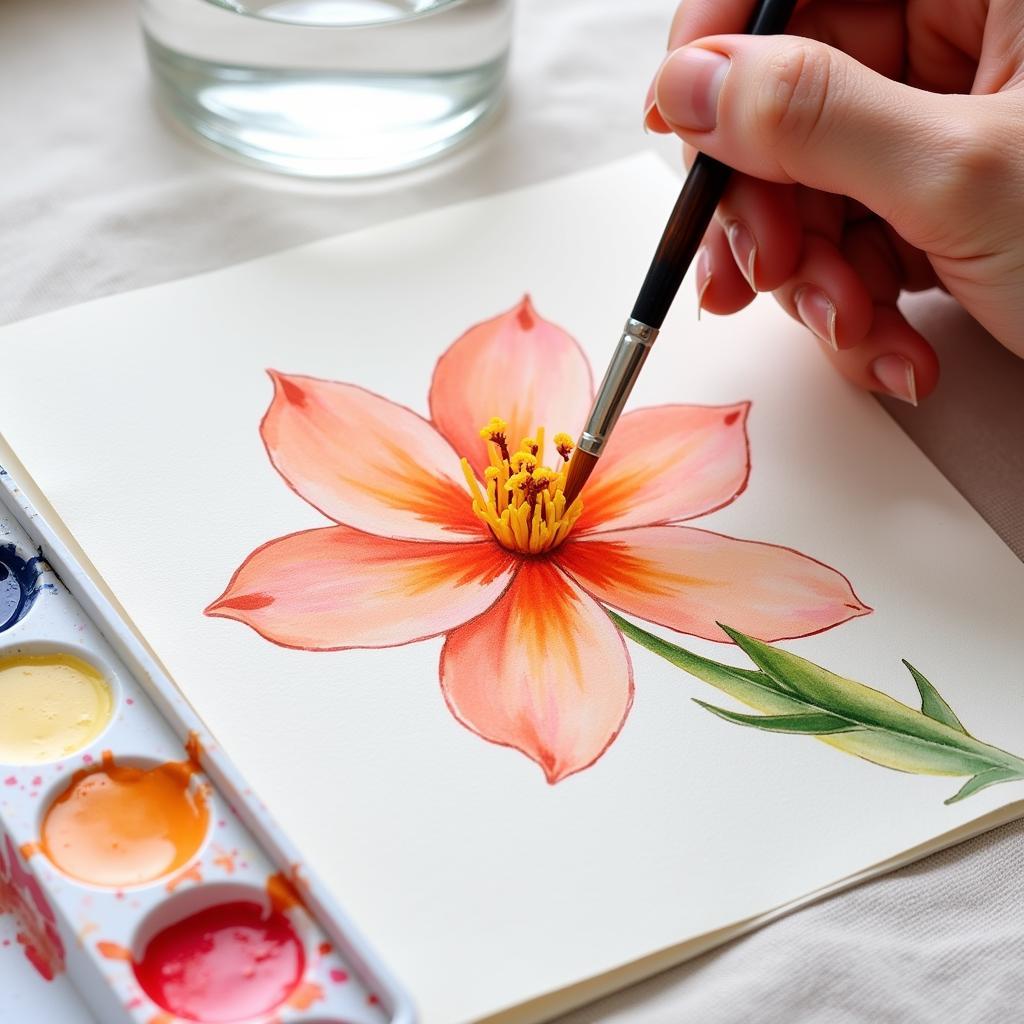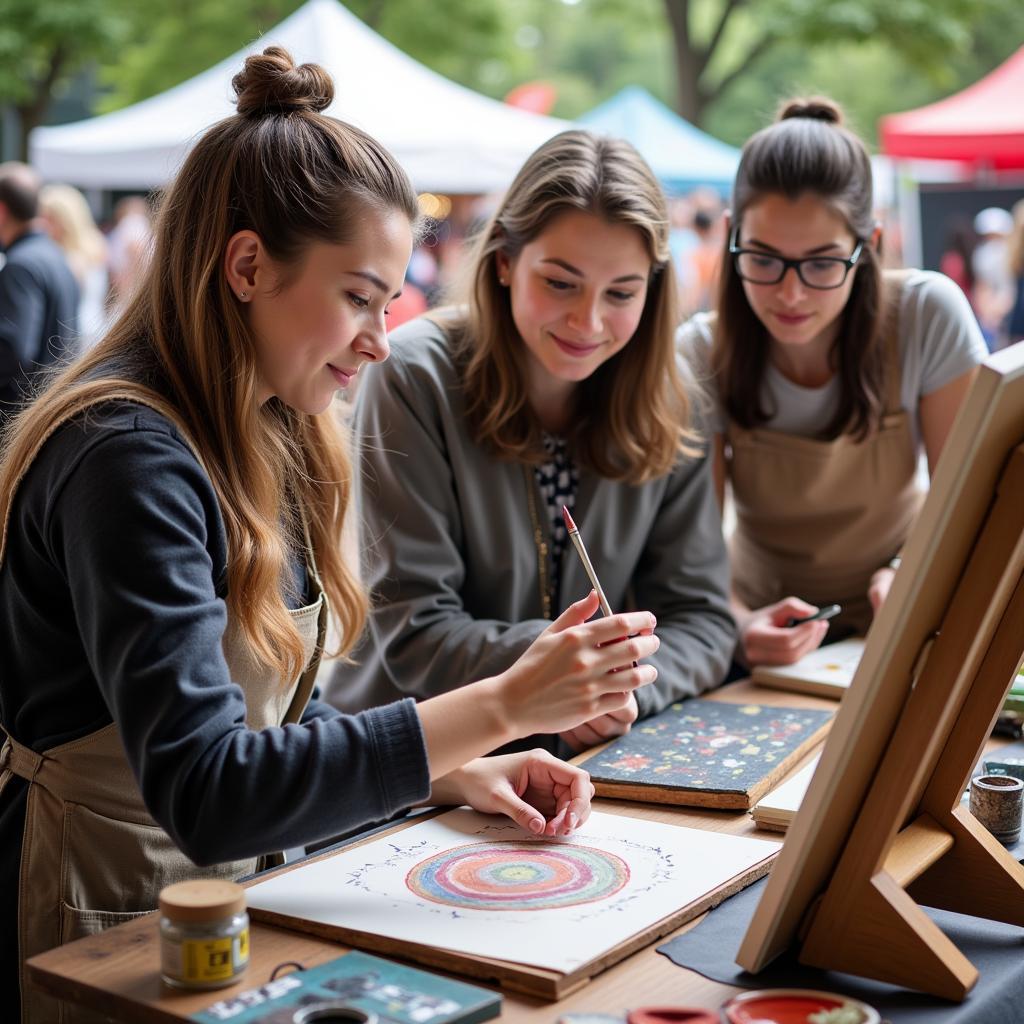Suicide in Art: Exploring the Depiction of Death and Despair
The exploration of death and despair, particularly suicide, in artistic expressions has long fascinated and troubled audiences. This sensitive topic, often shrouded in stigma and taboo, has been tackled by artists across various mediums, from painting and sculpture to literature and film. While the portrayal of Suicide In Art can be deeply disturbing, it also offers valuable insights into human emotions, societal issues, and the complexities of life and death.
The Depiction of Suicide Throughout History
Suicide has been a recurring theme in art throughout history, reflecting evolving societal norms, cultural beliefs, and individual perspectives. In ancient Greece, for instance, suicide was often seen as a heroic act, particularly for those facing dishonor or defeat. This is reflected in works such as Sophocles’ play “Antigone,” where the protagonist chooses to commit suicide rather than betray her moral convictions.
Suicide as a Moral and Social Issue
During the Renaissance, the concept of suicide began to shift. The influence of Christianity and the growing emphasis on individualism led to a more negative view of suicide, often portraying it as a sin or a sign of mental weakness. This shift is evident in paintings like Michelangelo’s “The Last Judgment,” where suicides are depicted in hell.
The Rise of Romanticism and Expressionism
The 19th and 20th centuries saw a renewed focus on individual emotions and experiences. Romantic and Expressionist artists, such as Vincent van Gogh and Edvard Munch, explored themes of despair, alienation, and mental anguish in their works. These artists often used their art to express their own inner turmoil and to challenge societal norms surrounding mental health.
Exploring the Motivation Behind the Depiction of Suicide in Art
“Why do artists choose to explore such a sensitive and often painful topic?” This is a question that many viewers ask when encountering depictions of suicide in art. While the motivations can vary widely, several common themes emerge:
A Reflection of Personal Experiences
Many artists draw inspiration from their own life experiences, including personal struggles with mental health and loss. This can be seen in Vincent van Gogh’s “The Starry Night,” where the swirling sky and somber colors are often interpreted as a reflection of his own mental state.
A Commentary on Social Issues
Artists also use their work to address societal issues, such as poverty, inequality, and the stigma surrounding mental health. The painting “The Scream” by Edvard Munch, for example, is widely seen as a reflection of the anxieties and alienation of modern life.
An Exploration of Human Emotion
Some artists choose to explore the complexities of human emotion, including grief, despair, and the will to live. The novel “The Catcher in the Rye” by J.D. Salinger, for instance, delves into the internal struggles of a young man facing existential angst and the possibility of suicide.
Navigating the Complexities of Suicide in Art
It’s important to recognize that portraying suicide in art is a delicate and sensitive matter. While such works can be powerful and thought-provoking, they can also be distressing for some viewers, especially those who have been personally affected by suicide.
Finding Meaning and Understanding
When encountering art that deals with suicide, it’s crucial to approach it with sensitivity and awareness. Remember that these works are often a reflection of individual experiences and societal realities. By engaging with such art thoughtfully, we can gain a deeper understanding of human suffering and the complexities of life and death.
Seeking Support and Resources
If you are struggling with suicidal thoughts or know someone who is, please remember that you are not alone. There are resources available to provide support and guidance. Here are some organizations that can offer help:
- The National Suicide Prevention Lifeline: 988
- The Crisis Text Line: Text HOME to 741741
Conclusion
The depiction of suicide in art serves as a powerful reminder of the human capacity for both creativity and destruction. These works offer a window into the complexities of human emotions and the struggles we face in navigating life and death. By exploring these themes with sensitivity and understanding, we can gain valuable insights into ourselves, our communities, and the world around us.



